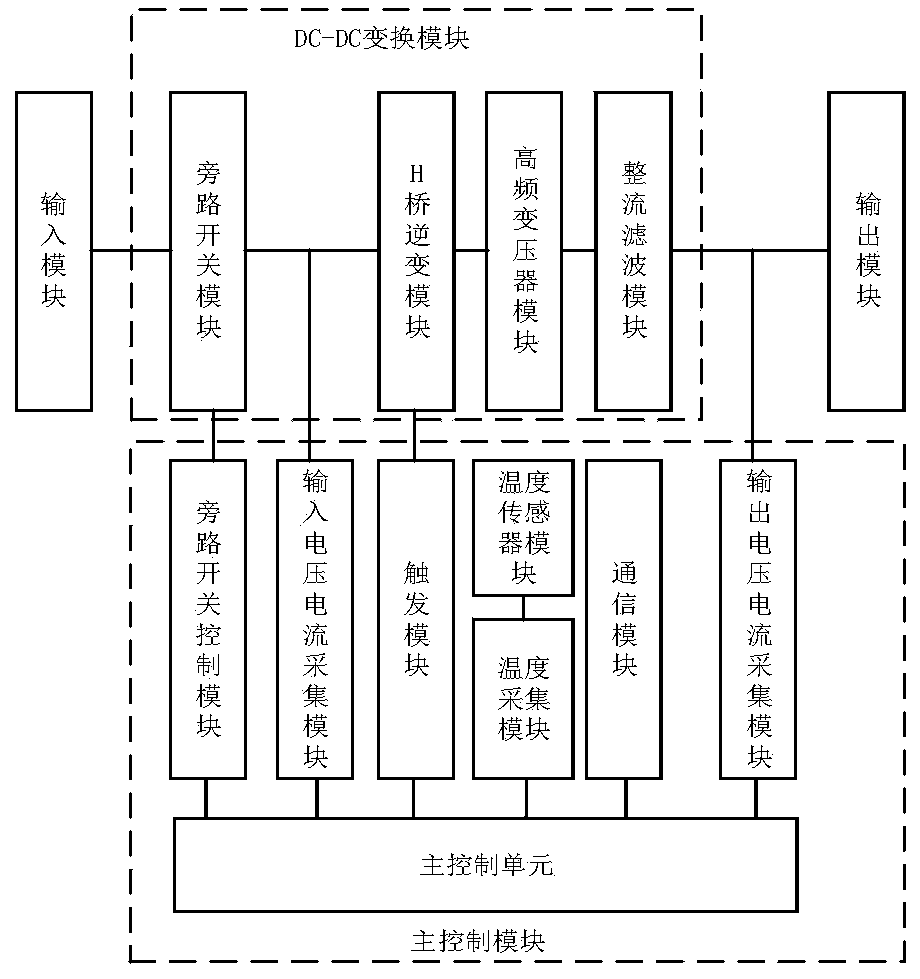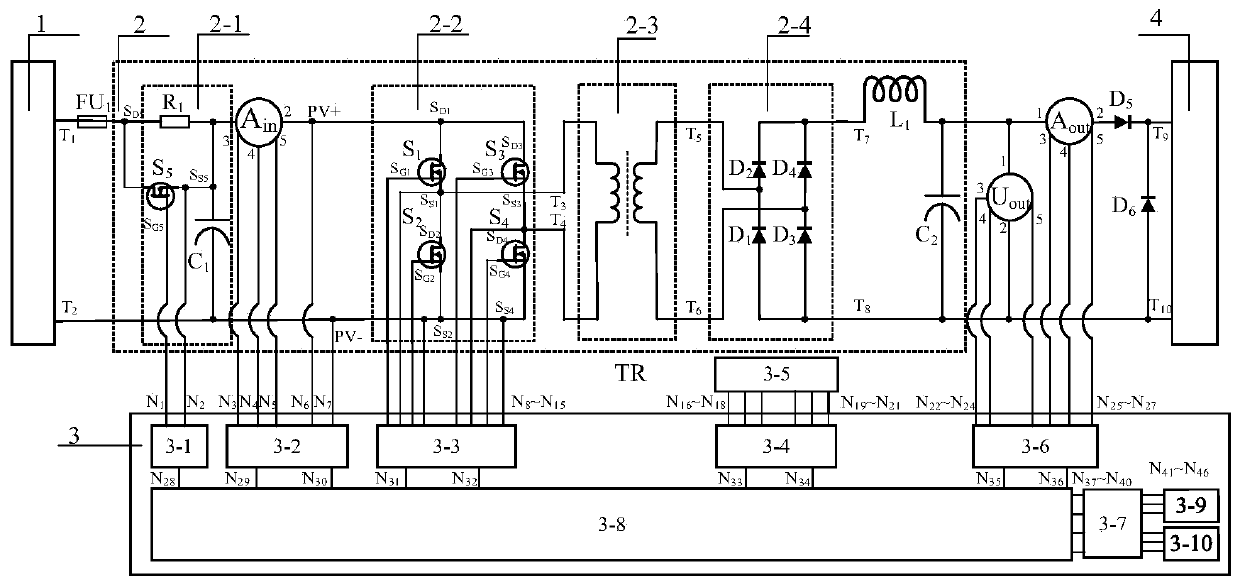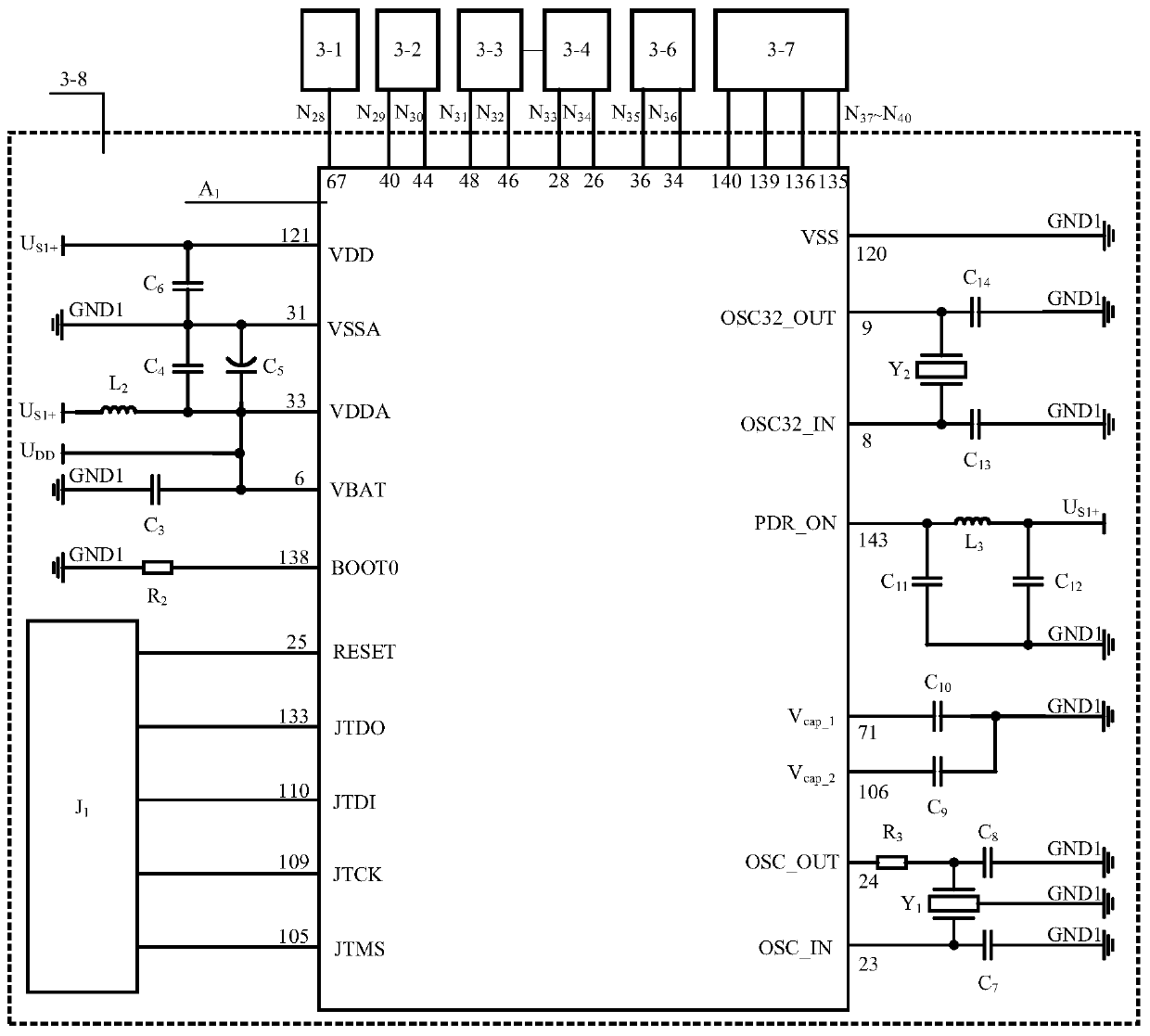An isolated photovoltaic charging device and method
A charging device and isolated technology, applied in circuit devices, battery circuit devices, current collectors, etc., can solve the problems of reliable operation of charging devices, safety hazards, component damage, common mode interference, etc., to improve anti-interference ability and triggering. reliability, prevent damage to components, and solve the effect of common mode interference
- Summary
- Abstract
- Description
- Claims
- Application Information
AI Technical Summary
Problems solved by technology
Method used
Image
Examples
Embodiment Construction
[0038] In order to make the object, technical solution and advantages of the present invention clearer, the present invention will be further described in detail below in conjunction with the accompanying drawings and embodiments. It should be understood that the specific embodiments described here are only used to explain the present invention, not to limit the present invention.
[0039] In addition, the technical features involved in the various embodiments of the present invention described below can be combined with each other as long as they do not constitute a conflict with each other. The present invention will be further described in detail below in combination with specific embodiments.
[0040] For the convenience of introducing the content of the invention, the definitions and explanations of related terms are as follows:
[0041] figure 1 with figure 2 They are a block diagram and a schematic circuit diagram of an isolated photovoltaic charging device accordin...
PUM
 Login to View More
Login to View More Abstract
Description
Claims
Application Information
 Login to View More
Login to View More - R&D
- Intellectual Property
- Life Sciences
- Materials
- Tech Scout
- Unparalleled Data Quality
- Higher Quality Content
- 60% Fewer Hallucinations
Browse by: Latest US Patents, China's latest patents, Technical Efficacy Thesaurus, Application Domain, Technology Topic, Popular Technical Reports.
© 2025 PatSnap. All rights reserved.Legal|Privacy policy|Modern Slavery Act Transparency Statement|Sitemap|About US| Contact US: help@patsnap.com



